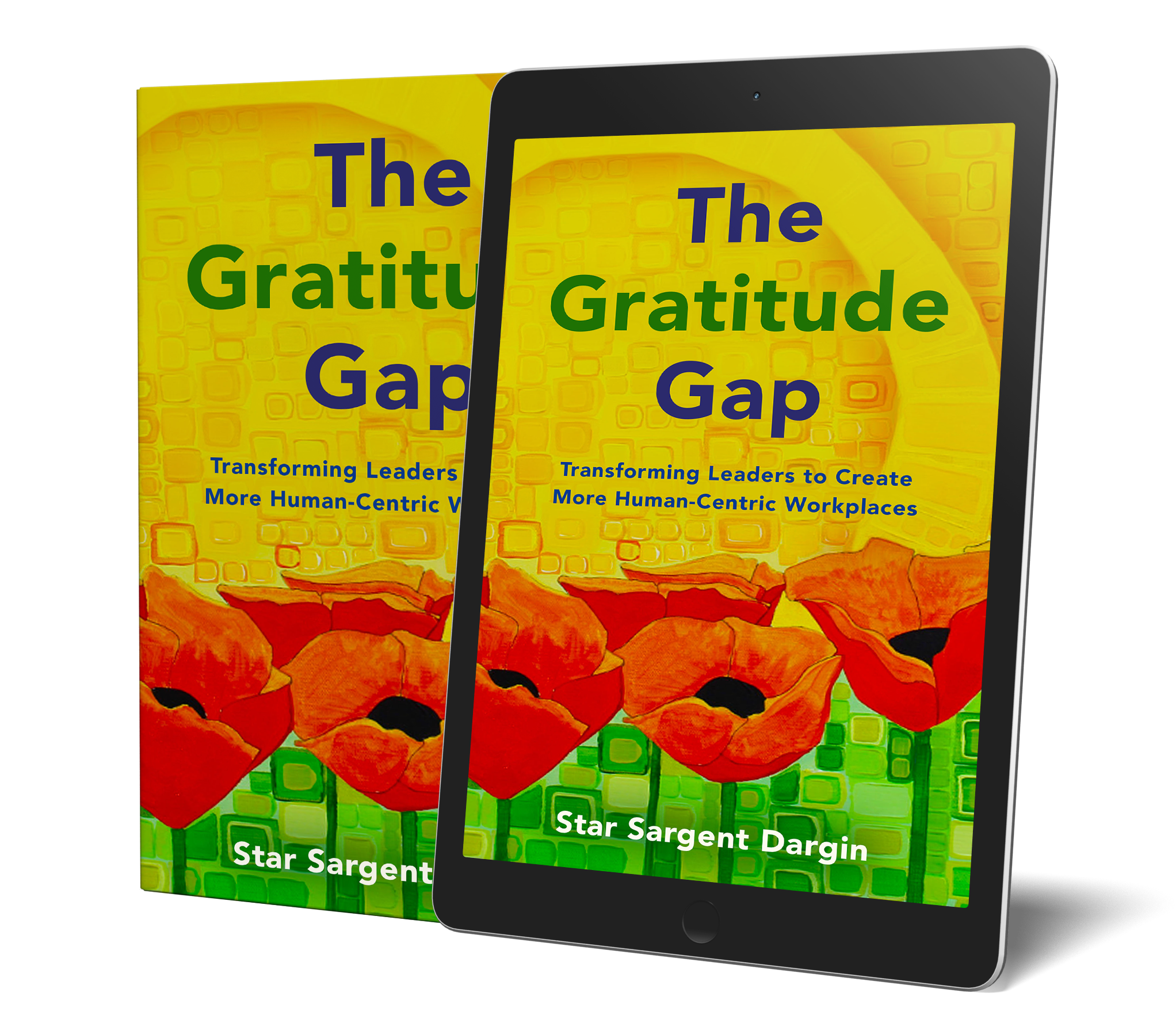 My family is my reluctant, yet fertile, petri dish. Petri dishes are self-contained round clear bubbles you conduct experiments in. I was raised by deep-rooted New Englanders who are always fine and say things are always good. This “never speak up” background was what made communication and being a public speaker hard work. I am insatiably curiosity about conflicts. It took ten years of experimentation before my future husband, Steve, and I finally partnered in our first successful conflict resolution. This was number three on my checklist of “musts” before agreeing to get married. Flush with the success of our first fight, we eloped in August 2016.
My family is my reluctant, yet fertile, petri dish. Petri dishes are self-contained round clear bubbles you conduct experiments in. I was raised by deep-rooted New Englanders who are always fine and say things are always good. This “never speak up” background was what made communication and being a public speaker hard work. I am insatiably curiosity about conflicts. It took ten years of experimentation before my future husband, Steve, and I finally partnered in our first successful conflict resolution. This was number three on my checklist of “musts” before agreeing to get married. Flush with the success of our first fight, we eloped in August 2016.
Imagine that when facing difficult and new challenges people left feeling inspired and committed to a course of action by being able to successfully navigate a difficult situation.
Difficult conversations are either avoided, ignored, or end in emotional stress for both you and your team member. By embracing them and experimenting you can have people leave feeling buoyed by optimism knowing that something positive has been accomplished. When you view your workplace as one big petri dish just waiting for you to experiment on it can happen.
It requires skills, courage and practice to learn how to turn conflict into an advantage. Leaders who have learned to master difficult conversations are the most influential and trusted.
No matter many how many methods you learn and apply, it won’t be effective unless you are authentically investing in building trusted, proactive, and positive relationships. Here are two methods that help build the trusted relationships and have difficult conversations.
#1 – Frame it – Think about the two phrases “I have a dream” and “I am not a crook.” It’s not difficult to place them or to remember who spoke those words. They were powerful frames to famous speeches, setting such a strong tone we can barely remember the rest. Which resonates more with you? By framing the difficult conversation early on, the rest will flow more easily. Here’s an example: your project is late, and you need to tell an important sponsor.
Step One: Determine the goal of the difficult conversation. Some options are to inform, problem solve, or get approval. Example Goal: Inform sponsor the project is late.
Step Two: Be specific, and script it out in as much detail as possible.
Plan: Date/Time/Location,
Prepare: Objections, reasons, roles, plan forward, tone, expected outcome
Example of a Frame: “I’d like to talk about the (successes/outcome/vision) of the project.”
Step Three: Practice and role play.
Step Four: Have the conversation.
Step Five: Follow-up; analyze what went well and what to do differently next time.
If the conversation is on the phone, your tone and phrasing will make a difference. Try saying this simple sentence, “The project is late,” first emphasizing “project” and then “late.” It’s a subtle way to change the focus.
These five expanded steps in framing the conversation are powerful and work. If you don’t have time for all five steps, start with determining the goal of a conversation and create an appropriate frame.
#2 – Collect Yeses – Repeat after me, “Yes, yes, and yes.” “Yes” is a positive word. Just saying “yes” is easy, affirming, and promises something good. How do you find the “yes?” Seek out common areas of interests, ideas and beliefs to create trust and build positive interactions. An age-old technique for negotiation and influencing is to collect as many spoken yeses as you can before the objections.
Here’s an example that led to an agreement to enter marriage:
Question: I understand the way the toilet paper role hangs is very important to you. (note framing) Do you know I love you? Answer: “Yes.”
Question: Do you know that resolving conflicts is #3 on my list of reasons to get married? Answer: “Yes.”
Question: Did you know that I have been giving great thought to this matter; is it ok to go on? Response: “Yes.”
Question: Will you be willing to listen to me for three minutes before speaking?
Answer: “Yes.”
(Facts, feelings, blah, blah.)
Question: Can we agree that I don’t care which way the toilet paper roll goes? Answer: “Yes.”
Question: Can we agree to disagree? Answer: “Yes.”
The Question: Want to get married? The Answer: “Yes.”
Being positive in a negative situation is not naïve, it’s leadership 101. Be brave; start a conversation that matters. These two approaches are from my interactive speaking topic about Difficult Conversations.
I use my family, I’ve had a few clients that use every day activities to  practice. Tony was feed up with the inaccurate scale at the grocery store and practiced difficult conversations with the store manager. Where can you practiced difficult conversations?
practice. Tony was feed up with the inaccurate scale at the grocery store and practiced difficult conversations with the store manager. Where can you practiced difficult conversations?

